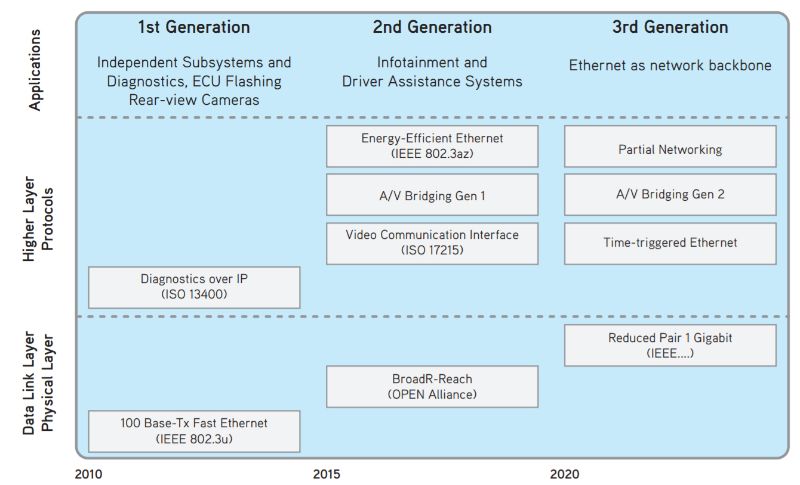
Connected Cars Pose Risks and Rewards
Connected Cars Show Potential, But Technology Must Evolve to Address Safety Concerns.
It all started with Siri in 2010. Then came Alexa, Bixby, Cortana, Lyra, and Robin. These, and a host of other ever-obliging digital butlers were the face of smart mobility.
Nearly a decade later, intelligent mobility has moved from the smart phone into the world of connected cars. These days, voice-activated digital assistants offer the potential to keep us connected to work, family, and play – and also safe on the roads.
For example, Nuance, a voice biometrics company, has artificial intelligence-based (AI) technology that can learn a driver or passenger’s personal preferences, such as cuisines, payment types or even brands of coffee. It is also working on voice-activated driving responses that promise enhanced mobility for drivers with physical disabilities.
At the Disrupt SF 2018 show, BMW introduced its Intelligent Personal Assistant which, like Alexa and Cortana, can chat with you about the meaning of life. Always attentive, this digital assistant can even adjust the air-conditioning. For example, if you tell it you are too chilly, it will turn up the temperature. Stuck on the highway in gridlock and late for a meeting? The assistant will prompt you to access a conference call remotely.
While voice-activated automotive safety and infotainment features are not new, the AI and deep learning technology that support them are rapidly evolving to enable richer, real-time interactions. For instance, the assistant is capable of verbally alerting a sleepy driver to regain control of the steering wheel, while the on-board advanced driver assistance system (ADAS) enables a vehicle to gently navigate away from a potential collision.
Connected cars offer many potential conveniences and benefits to drivers, including seamless integration with mobile phone features, and maintaining safety on the road through the “extra-sensory perceptions” of radar and Lidar technology. In the event of an accident, many vehicles now come with automated emergency call (e.g. eCall/ERA-GLONASS) systems to mitigate the risk of injury and death.
While connected cars may seem like a big opportunity, there are plenty of concerns associated with them ranging from invasions of privacy to security breaches. Hackers can steal personal information, hijacking data on drivers’ whereabouts, destinations, and credit card information or, even take control of a vehicle’s entire GPS system.
One solution that addresses autonomous vehicle (AV) safety is to use automotive Ethernet to replace older CAN and LIN serial bus in on-board connectivity systems. Most documented hacks occur on CAN systems, but that does not mean the newer automotive Ethernet is not vulnerable. The introduction of TCP/IP and Ethernet in the automotive communication platform opens a new playing field for hackers. That is why designers take testing each of the automotive Ethernet layers 1 to 7 very seriously (see Figure 1).

In 2016, a survey by the American Automobile Association revealed that 75 percent of Americans were afraid to ride in AVs due to concerns over the potential for hackers to take control of the vehicles. Developers of Advanced Driver Assistance Systems (ADAS) and self-driving cars need to “spoof-proof” the radar applications that run ADAS features to help soothe consumers’ fears.
New and improved signal encryptions and detection capabilities are needed to prevent hackers from jamming a radar signal or sending an unauthorized signal to the radar sensors. These will help determine the legitimacy of signal sources and contingency algorithms to avert malicious over-write signals.
Of course, there is also the possibility that terrorists will use AVs as weapons. In the wake of incidents in 2017 where terrorists purposely rammed vehicles into crowded public spaces, security experts say new anti-terrorism strategies must consider how AVs should be deployed, and what counter-measures need to be in place to prevent their misuse. For now, automakers have more immediate worries, like ensuring their self-driving cars do not injure or kill someone; they must assure the public that these cars can avert any type of accident.

In addition, there is the possibility of car thieves making off with an AV. For example, thieves recently emulated signals from keyless fobs of vehicle owners to open car doors and drive off in stealth mode. As a counter-measure, proponents of automotive biometry are pitching the case for rear-view mirror retinal recognition and voice activated biometric security features. When this technology is enabled, the vehicle responds only if it detects a legitimate owner or driver. These innovations will require focused design and test for adoption.
While it may be tempting to stall out on the potential risks inherent in automotive connectivity, engineers must rise to the challenge with more comprehensive tests to ensure greater security and safety in their designs. After all, the routes they take have a common destination – to make each journey safer and better.